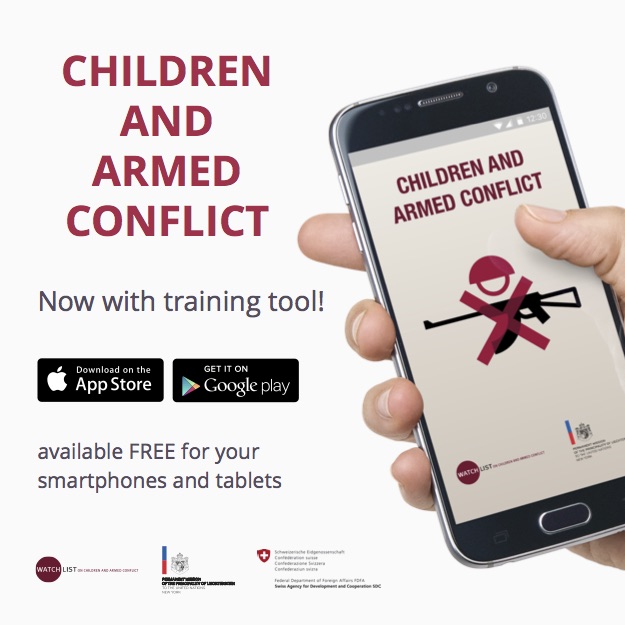The Revolutionary Armed Forces of Colombia (FARC) count amongst the most persistent perpetrators of recruitment and use of child soldiers worldwide, and have consistently been listed in the Secretary-General’s annual reports on children and armed conflict since 2003. The group has used girls and boys for conflict-related activities, as well drug trafficking activities, including as fighters, messengers, porters, raspachines (for scraping coca leaves), and for sexual exploitation. Despite the overwhelming evidence, FARC is still refusing to acknowledge its responsibility for the recruitment and use of child soldiers.
On 3 February 2015, FARC published on its website a proposal for a recognition of the rights of the victims of the conflict, which identifies particular groups as victims of the conflict including women, rural communities, social and political organizations, and political prisoners. Yet, the proposal was careful not to include child soldiers as victims of the conflict.
Since October 2012, the rebel group has been negotiating with the government of Colombia the terms of a possible peace agreement that could put an end to the conflict and lead to the demobilization of its combatants. The two sides have made significant progress in the negotiation, reaching an agreement on three of five substantive points to the peace agenda including agrarian reform, political participation for the FARC, and illicit drug trade. They have left the most difficult issues till last, namely how FARC will lay down its arms, and whether commanders will face prosecution for atrocities.
Over the last two years, Watchlist’s partner the Coalition Against the Use of Children in the Armed Conflict in Colombia (COALICO) have urged parties to the conflict to address issues related to the situation of children affected by armed conflict as integral part of the negotiation. As the negotiation is now reaching the crucial moment where parties recognize what groups will be considered as victims, COALICO and child rights organizations are growing increasingly concerned by the lack of explicit commitment by the FARC to recognize child soldiers.
The situation is reminiscent of previous failure to effectively protect children during the 2003-2006 demobilization of the paramilitary umbrella group the United Self-Defense Force of Colombia (AUC). Despite an estimated 5,000 children associated with the group, a mere 450 children passed through formal reintegration implemented under the auspice of the Colombian Family Welfare Institute (Instituto Colombiano de Bienestar Familiar, ICBF).[1]The great majority of children who were associated with the AUC left the groups informally and made their way to the ICBF on their own, thus failing to meet the eligibility criteria for participation in the demobilization process and preventing the recognition of their rights as victims of the conflict.
The ability of the peace process to effectively integrate issues related to the protection of children as part of the discussion will to a large extent determine the future of thousands of child victims of underage recruitment. The separation and reintegration of children associated with the FARC must be done through a formal and transparent process so as to ensure that all the youth have their rights recognized.
[1] Aguirre, J. (2013) Retos y Desafios Frente a la Vinculacion de NNA en Actividades Delincuenciales y Respecto de la Prevencion de la Vinculacion al Conflicto Armado. Universidad Externado de Colombia.


